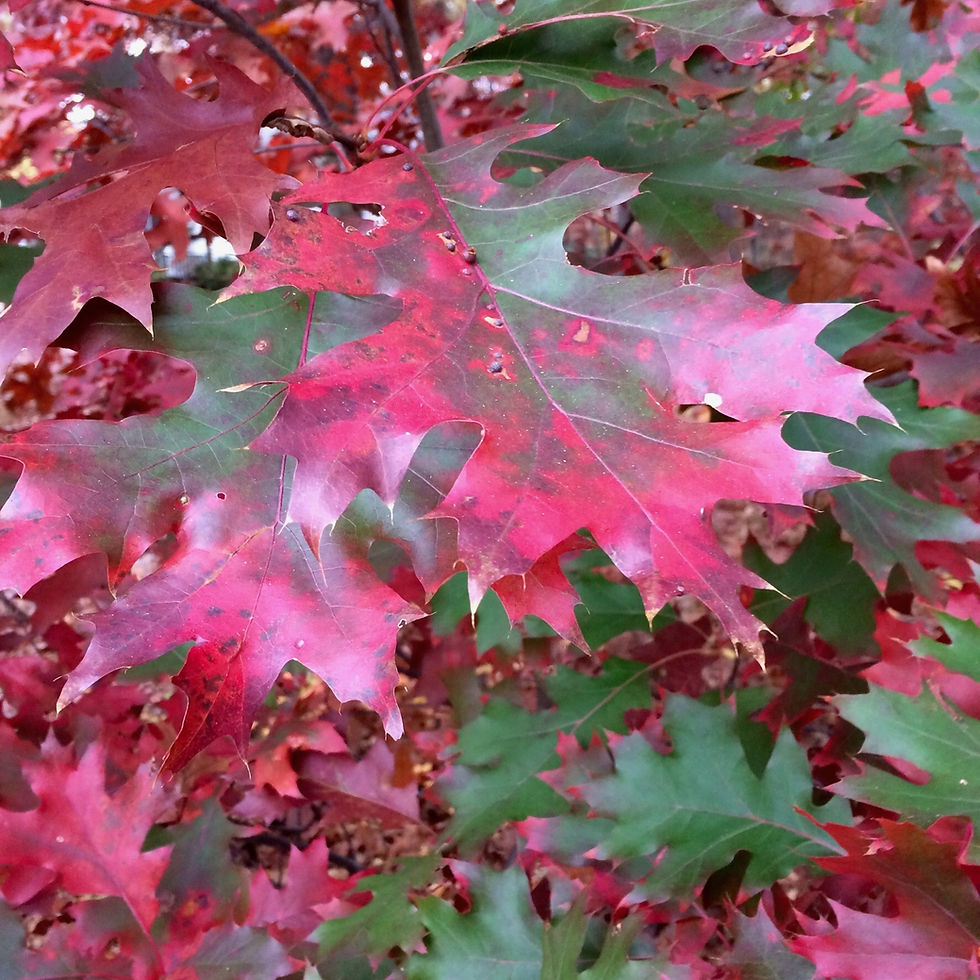Native Plant of the Week: Common Violet
- Kimberly Simmen
- Apr 3, 2022
- 2 min read
Family: Violaceae
Name: Viola sororia - Common Violet
Bloom Time: March - May
Flower: Violet Purple
Soil Condition: Moist, Average, Well-Drained
Light: Sun to Shade
Height: 4-6" tall with an equal spread
Native Range: Eastern North America including Long Island
Zone: 3 to 7
Pictures: Viola sororia (Common Violet) and Viola sororia 'Freckles' - Common Violet Cultivar
Forget the European dandelion and plant some Viola sororia in your yard for the birds, bees, caterpillars and butterflies! It is the host plant for several fritillary butterflies and also attracts our native mining bee, which is a specialist bee and only pollinates Violets. It makes a fantastic small scale ground cover along a shady walkway and is lovely if allowed to naturalize. It will tolerate full sun but it then tends to yellow out by the summertime due to lack of moisture.
Noteworthy Cultivar:
Viola sororia 'Freckles': all the same but the flowers are white flowers with purple freckles.
Fun Facts: Violet leaves are high in vitamins A and C and can be used in salads or cooked as greens. The flowers can be made into candies and jellies. As per The Native Plant Trust Go Botany website, this species has food bodies known as eliosomes attached to the seeds, that attract ants, who carry them back to their nests, remove the edible portion and then discard the seed in a nutrient-rich waste-pile.
Maintenance: There is no maintenance on these cuties but your neighbors probably wouldn't mind if you take them out to their lawns, of course all while explaining to them how fantastic this little gem is. Seeds may be sown at anytime but fall and spring sowing are best. Do not cover the seeds as they need light to germinate.
Benefits: Deer resistant, black walnut tolerant (juglone), clay soil tolerant, host plant to Variegated Fritillary, Great Spangled Fritillary and several other Fritillary butterflies and the native mining bee (specialist pollinator for Violets only),

Picture: Mining Bee. For more information on this adorable bee,
Companion Plants: Phlox divaricata - Woodland Phlox, Matteuccia struthiopteris - Ostrich Fern, Iris cristata - Dwarf Crested Iris, Geranium maculatum - Wild Geranium
=============================================================
References:















Comments